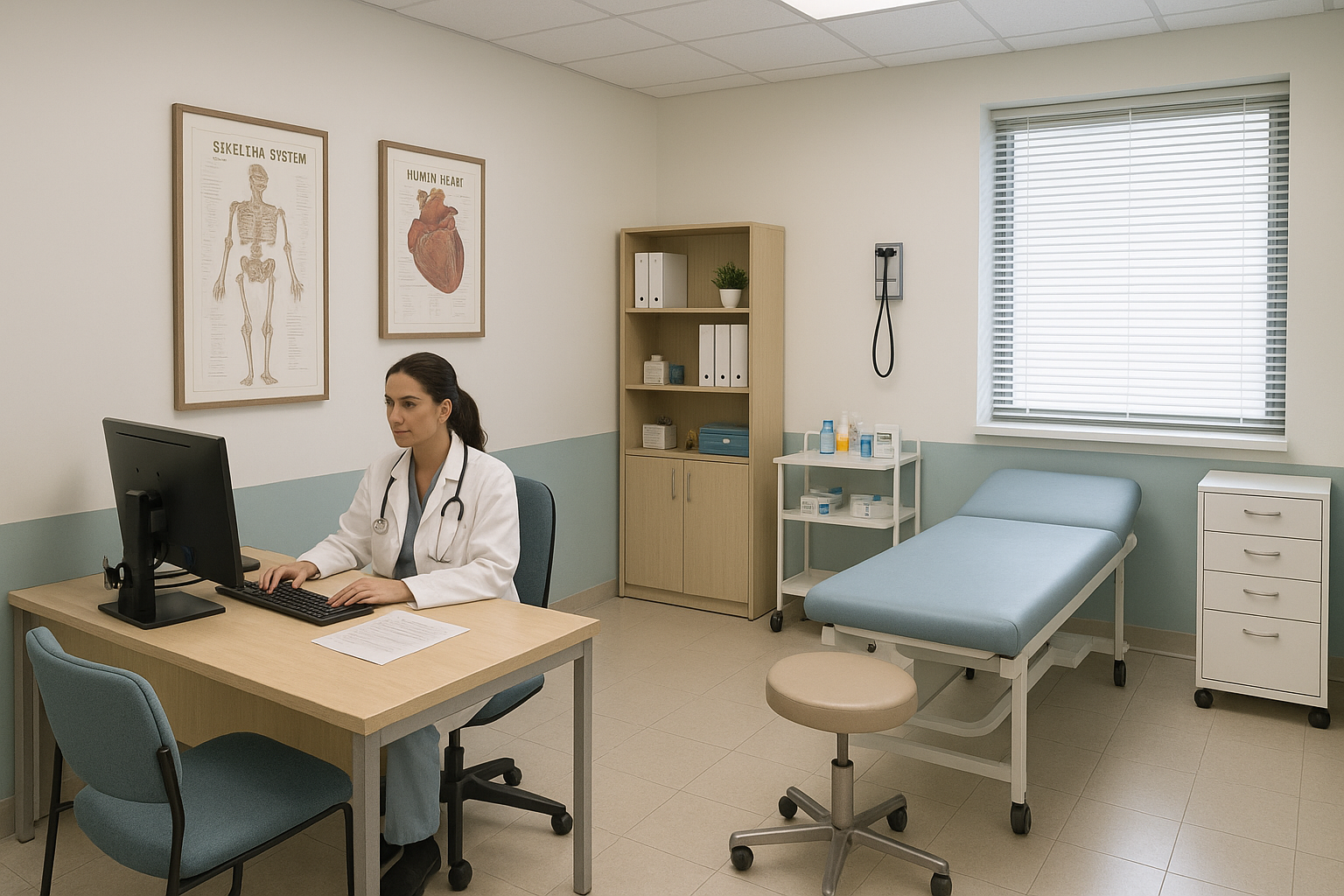In the complex world of medical billing, understanding the nuances of Place of Service (POS) codes is crucial for healthcare providers. These codes are essential for ensuring accurate billing and reimbursement from insurance companies. One of the most commonly used POS codes is POS 11. This guide will provide a comprehensive overview of POS 11 in medical billing, explaining its significance and how it can impact your practice.
POS 11 stands for “Office” and is used to indicate that a medical service was provided in a typical office setting. This code is utilized when services are performed in a physician’s office or another healthcare provider’s office that is not a hospital or other facility. The use of POS 11 signifies that the healthcare provider owns, operates, and maintains the office space where the service is provided.
Why is POS 11 Important?
POS codes are crucial because they help determine the reimbursement rate for services provided. Insurance companies use these codes to identify where a service was performed, which can affect the payment amount. By accurately using POS 11, providers ensure they are reimbursed correctly, preventing underpayment or potential audits.
How Does POS 11 Affect Reimbursement?
Reimbursement rates can differ based on the POS code used. Typically, services provided in an office setting (POS 11) are reimbursed at a different rate than those performed in a hospital or other facility. Accurate coding ensures that providers receive the correct payment for the services rendered, reflecting the cost and resources used in an office setting.
Proper Usage of POS 11
Understanding the proper use of POS 11 can prevent billing errors and ensure compliance with insurance policies. Here are some scenarios where POS 11 should be used:
Typical Office Visits

POS 11 should be used for routine office visits where a patient sees their primary care physician or specialist in a typical office environment. These visits could involve consultations, examinations, or minor procedures that do not require hospital facilities.
Outpatient Procedures
Certain outpatient procedures performed in an office setting fall under POS 11. These might include minor surgeries, diagnostic tests, or other treatments that do not necessitate a hospital stay. Providers must ensure that their office is adequately equipped to safely perform these procedures.
Private Practice
For providers operating in a private practice, POS 11 is commonly used. Whether it’s a solo practice or a group practice, services provided in these environments are billed under POS 11, as long as they meet the criteria for office-based services.
Avoiding Common Mistakes with POS 11
Incorrectly using POS codes can lead to denied claims or reduced payments. Here are some common mistakes to avoid:
Confusing POS Codes
It’s essential to understand the difference between POS 11 and other similar codes. For example, POS 22 refers to services provided in an “Outpatient Hospital.” Misclassifying a hospital outpatient service as POS 11 can result in incorrect billing and potential audits.
Inaccurate Documentation
Accurate documentation is vital for correct billing. Providers must ensure that their records clearly indicate that the service was performed in an office setting. This includes maintaining proper medical records, appointment logs, and any other documentation that supports the use of POS 11.
Unnecessary Facility Fees
Billing facility fees for services performed in an office setting is a common mistake. Since POS 11 indicates an office environment, facility fees typically associated with hospitals or other institutions should not be included. Doing so can lead to billing errors and reimbursement issues.
Benefits of Correctly Using POS 11
When used accurately, POS 11 can provide several benefits to healthcare providers:
Streamlined Billing Processes

By using the correct POS code, providers can streamline their billing processes, reducing the risk of errors and denied claims. This ensures that the practice operates efficiently and maintains a steady cash flow.
Improved Reimbursement Rates
Accurate use of POS 11 can lead to improved reimbursement rates, as it ensures that providers receive the correct payment for the services offered. This is particularly important for practices that rely on insurance payments as a primary source of revenue.
Compliance with Regulations
Using the correct POS code helps practices stay compliant with insurance regulations and avoid potential audits. Compliance not only reduces the risk of legal issues but also enhances the practice’s reputation with insurers and patients.
Conclusion
Understanding and correctly using POS 11 in medical billing is crucial for healthcare providers. This code ensures accurate billing, appropriate reimbursement, and compliance with insurance requirements. By familiarizing themselves with the specifics of POS 11 and avoiding common mistakes, providers can enhance their billing practices and improve their financial outcomes.
As the healthcare landscape continues to evolve, staying informed about billing codes and practices will remain essential for providers. By doing so, they can ensure their practice’s success and continue to deliver quality care to their patients.







Comments are closed